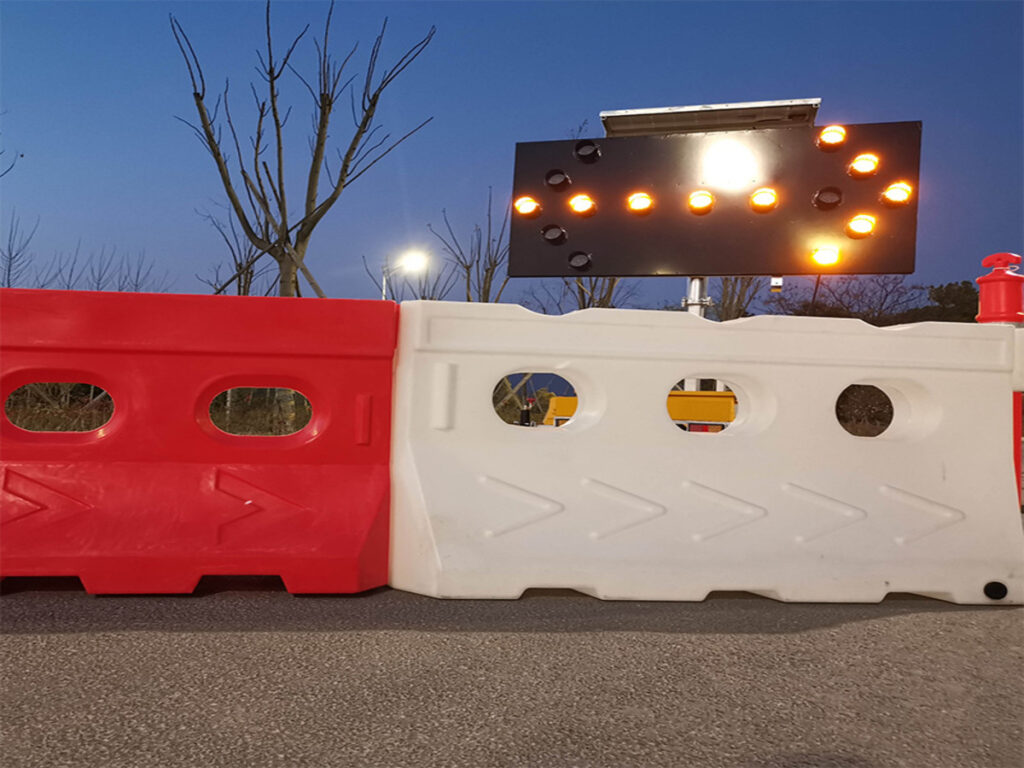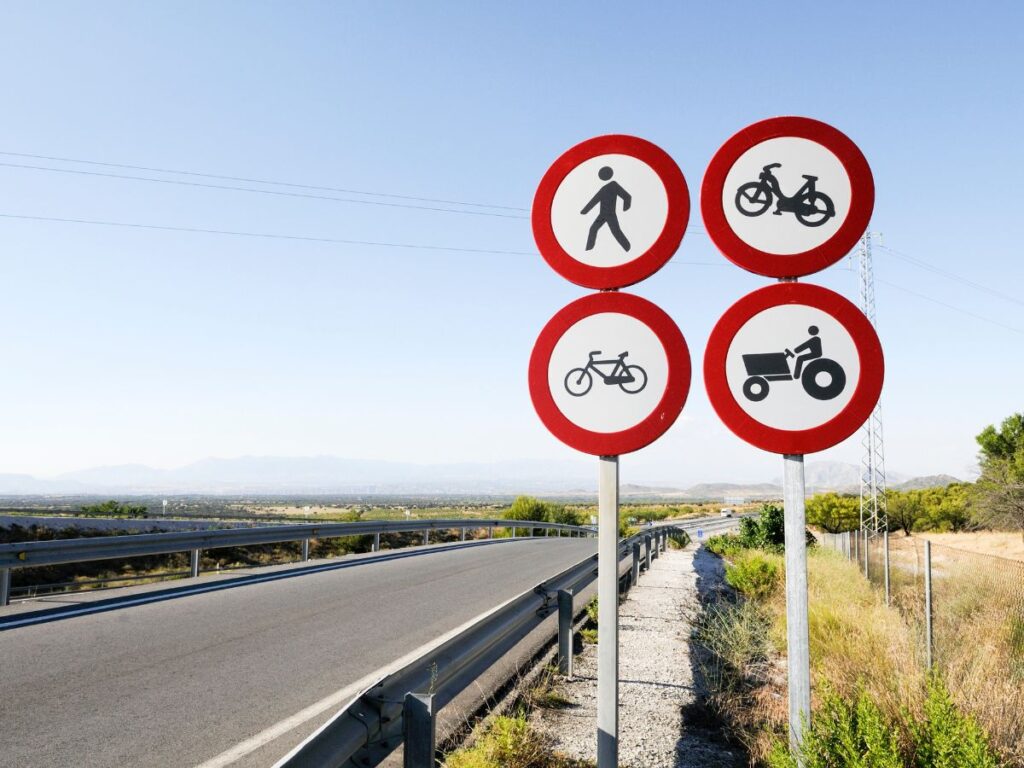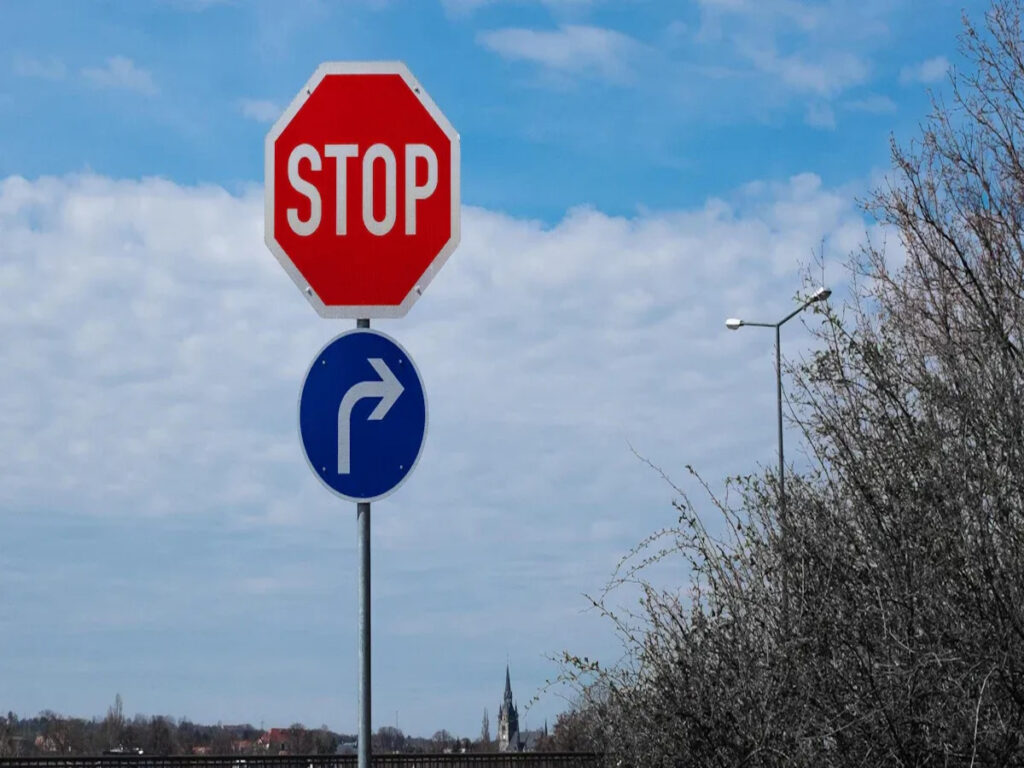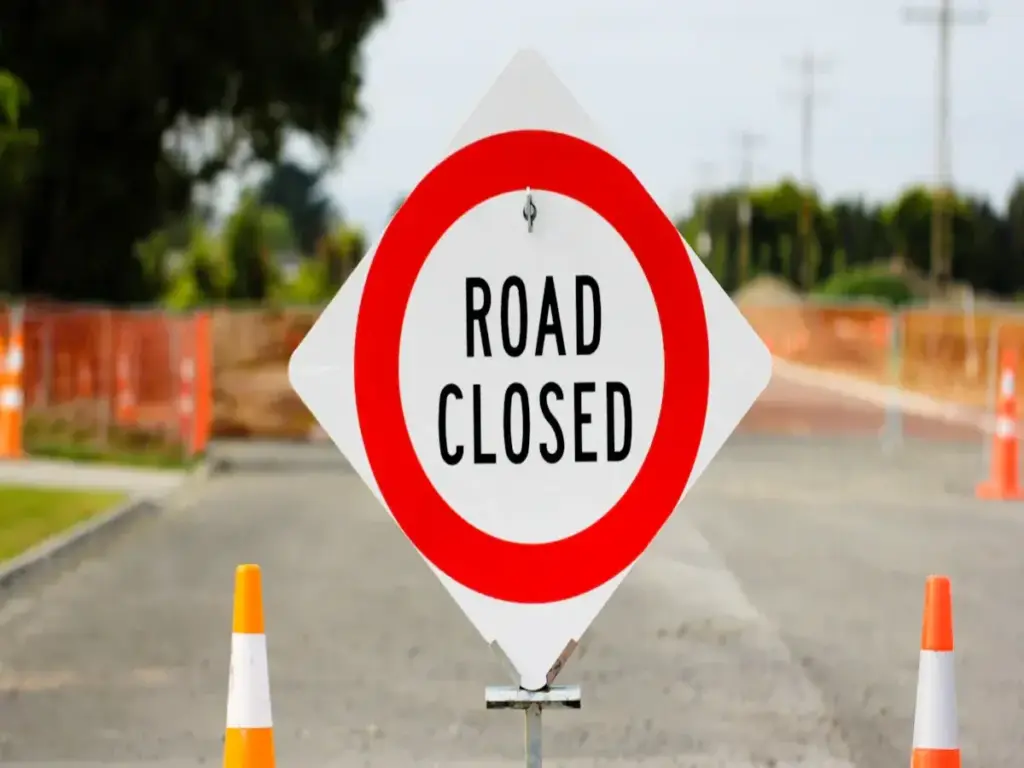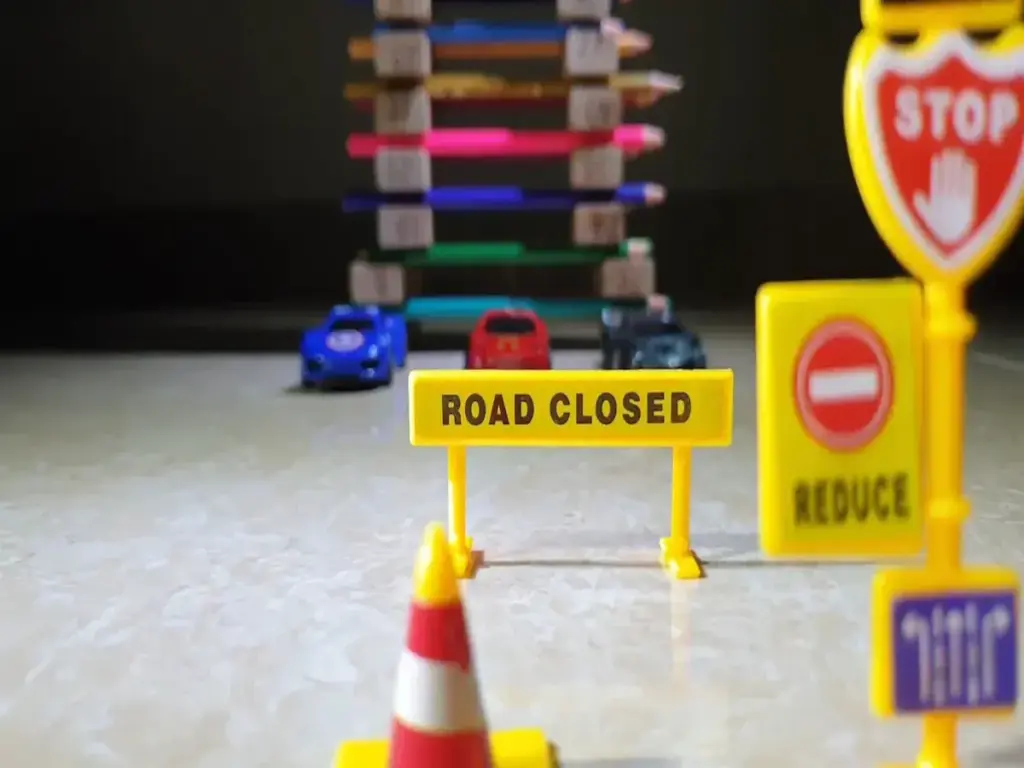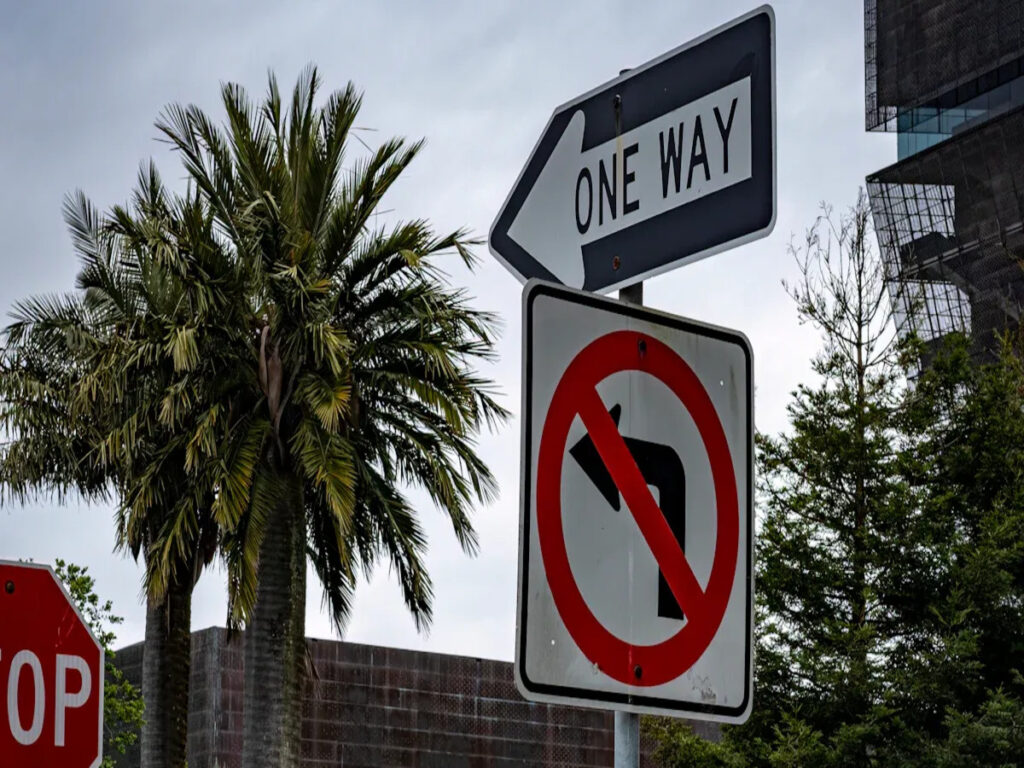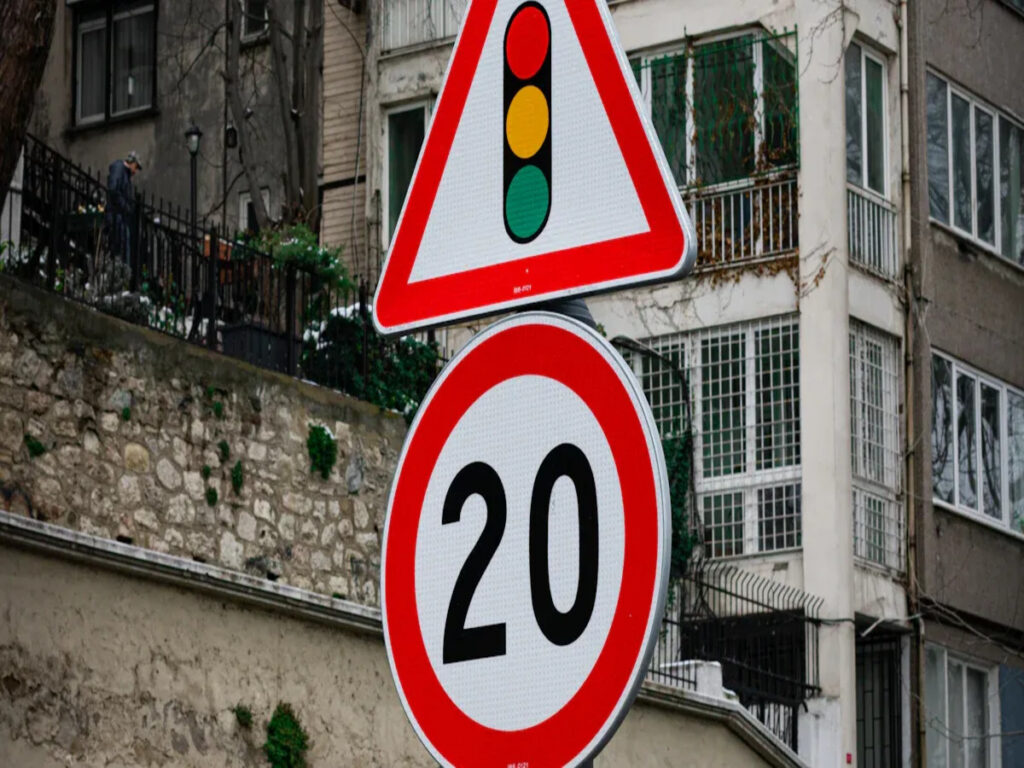
反射的な兆候を持つ国際プロジェクトは、ルールに細心の注意を払う必要があります. ある国の道路列車の安全に関する反射的な兆候は、別の国の規則に合わないかもしれません. マッチングサインルールのエラーは、交通安全を悪化させる可能性があります. 道路列車が国境を越えるとき, サインは明確な警告を発する必要があります. 技術的な精度により、ドライバーと公共の安全が維持されます. ルールをチェックすると、すべての道路列車の標識が十分に安全であることを確認します.
オプトラフィック 用品 反射交通標識 オーストラリアの基準と国際基準の両方を満たしている, プロジェクトマネージャーが国境を越えたコンプライアンスリスクを回避できるよう支援. 私たちのチームは、すべての道路標識が正確に構築されていることを保証します, 可視性, 法的な正確性を念頭に置いて.
キーテイクアウト
- クラス 1W の標識はクラスよりも明るい 400 サイン. より多くの角度から見ることができます. これにより、電車や交通量の多い道路をより安全に保つことができます.
- クラス 1W 標識は屋外でより長く持続します. 彼らは続くことができます 12 年. クラス 400 標識は続きます 7 に 10 年. これにより、修理と安全に費やす金額が変わります.
- 反射標識を選ぶ前に必ずローカルルールを確認してください. 証明書とテスト結果を要求する. これにより、標識が安全かつ合法であることが確認されます.
- 認定されていない標識や偽造された標識は使用しないでください. これらの標識は安全検査に合格しない可能性があります. プロジェクトの速度が低下し、事故が発生する可能性が高くなります。.
- 慎重に計画し、すべてのルールに従ってください. これにより、法的トラブルや保証の問題が回避されます. また、道路をすべての人にとって安全に保ちます.
反射標識の規格
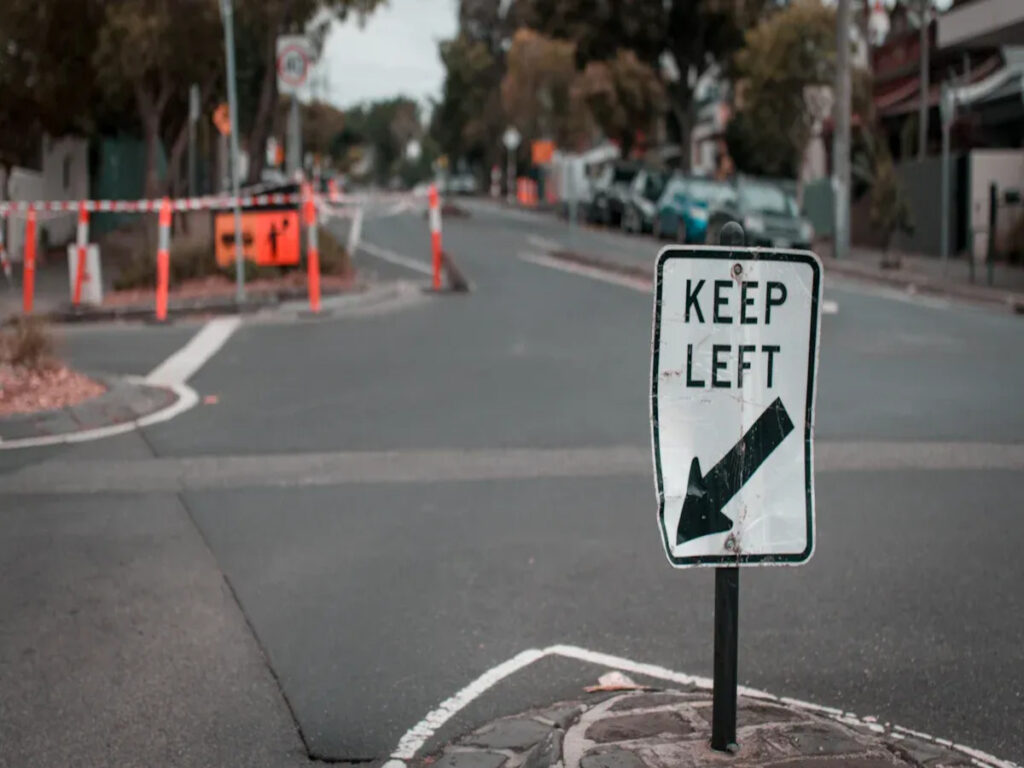
クラス1Wの概要
クラス 1W は、オーストラリアとニュージーランドの反射標識の最高グレードです。. これらの標識は特殊な素材を使用しており、夜間や暗いときにドライバーがよく視認できるようにします。. クラス 1W は次の事項に従う必要があります。 As/nzs 1906.1 標準. この規格には明るさに関する厳格な規則があります, カラフル, そしてその兆候は厳しいものでなければなりません. 遠くからでも、さまざまな角度からでも標識を視認できるようになります。. 道路管理者はトンネルなどの重要な場所にクラス 1W を選択することがよくあります。, 学校のゾーン, 道路上の標識と. クラス 1W 標識の反射部分は最長で持続します。 12 年, 悪天候でも. この長寿命により人々の安全が保たれ、標識を頻繁に変更する必要がなくなりました。.
注記: ISO標準 ISOなど 3864:2011 とISO 7010:2019 安全色と一般的な標識について話す. 反射シートの技術的な部分は説明されていない. これらの ISO 規格は、安全のための色と記号の選択に役立ちます. As/nzs 1906.1 反射材が道路標識上でどれだけうまく機能するかが重要です.
クラス 400 概要
クラス 400 に適合する反射シートの一種です。 ASTM D4956 タイプ IV. この規格は米国発のもので、道路標識用の反射材の技術的部分を対象としています。. クラス 400 マイクロプリズム技術を使用して標識を非常に明るくします. 夜間や悪天候時にも視認しやすい標識です. 0.2°の角度での白色シートの最低反射率は約 300 カンデラ/ルクス/平方メートル. クラス 400 兆候は通常屋外で少なくとも 5 年間持続します. 水や紫外線によるダメージを受けません, 道路標識や車両標示に適しています。.
| 仕様面 | 詳細 |
|---|---|
| 反射素材 | クラス 400 マイクロプリズム反射シート |
| 反射率の基準 | 最小値 ≥ 300 CD/LX/M² (白, 観察角0.2°, 入射角 -4°) |
| 耐久性 | 屋外使用耐久性以上 5 年 |
| 適用面 | トラックの平らな面に最適, トレーラー, とコンテナ |
ASTM D4956 は色の規則を規定しています, サインはどれくらい続くか, そしてそれがどれだけよくくっついているか. この規格は、反射標識の安全性と視認性を確保するのに役立ちます。.
技術的な比較
反射率と角度
反射率は、標識がドライバーに送り返す光の量です。. 角度とは、標識がさまざまな角度からどれだけうまく機能するかを意味します。. どちらも道路列車の安全標識と新しい道路列車の安全標識にとって重要です. ドライバーはロードトレインの標識を横や奇妙な角度から見ることがよくあります. 長い道路や夜によく起こります.
特殊素材を使用したクラス1W反射標識. これらの標識は、ドライバーが向かっていない場合でも簡単に見ることができます。. クラス 1W の白色シートの反射率は約 400 に 550 0.2°の角度でのカンデラ/ルクス/平方メートル. この高い反射率により、ドライバーは道路電車の標識に早期に気づくことができます。. 交通量の多い道路をより安全にします.
クラス 400 反射シートは ASTM D4956 Type IV に適合. マイクロプリズム技術を使用しています. 白いシートの反射率は約 270 に 330 同じ角度でのカンデラ/ルクス/平方メートル. このレベルは多くの交通標識に適しています. ただし、一部の道路電車の安全標識については、クラス 1W ほど優れていない可能性があります。. クラス 400 標識は中程度の角度性能を持っています. ドライバーは広角からこれらの標識をよく見えない可能性があります. これは、道路上の電車などの長い車両の安全性に影響を与える可能性があります.
注記: ロードトレインの安全標識は多くの場合、非常に目立つ必要があります. クラス 1W 標識は、ドライバーが遠くからでも側方からでも警告を確認できるようにします. これは、高速道路やトンネル内の新しい道路列車の安全標識にとって重要です。.
| 特徴 | クラス1W (As/nzs 1906.1) | クラス 400 (ASTM D4956 タイプ IV) |
|---|---|---|
| 反射率 (白) | 400–550 cd/lx/m² | 270–330 cd/lx/m² |
| 角度 | 広角, 高いリターン | 適度な角度, リターンが低い |
| 最適です | ロードトレインの標識, トンネル, 諸経費 | 交通標識, ロードトレインの標識 |
耐久性と耐候性
耐久性とは、標識が変更されるまでにどのくらい持続するかです。. 耐候性テストは、看板が太陽光に耐えられるかどうかを示します, 雨, そして厳しい天気. どちらも道路列車の安全標識と新しい道路列車の安全標識にとって重要です. これらの標識は厳しい環境の屋外にあります.
クラス 1W の反射標識の持続時間は約 10 に 12 年. 厳しい耐候性試験に合格しています, 強い日差しや雨天のような. この長寿命により、ロードトレインの標識の作業が減り、新しい標識の数も減ります。. 道路当局は重要な道路標識や交通標識に対してクラス 1W を信頼しています. これらの標識は長年にわたり明るく安全に保ちます.
クラス 400 反射シートは約持続します 7 に 10 年. 迅速な耐候性テストを経て、どの程度機能するかを確認します. これらの標識は水と太陽に耐えることができます, ただし、一部の道路電車の安全標識ではクラス 1W ほど長く持続しない場合があります。. 新しい道路電車の安全標識用, 寿命が長いほど安全性が向上し、時間の経過とともにコストが削減されます.
- ロードトレインの標識のポイント:
- クラス 1W は耐久性が高く、天候にも対応します.
- クラス 400 多くの交通標識に適していますが、交通量の多い道路ではより頻繁に変更する必要がある場合があります.
- どちらのクラスも道路をより安全にします, しかし、クラス 1W は、厳しい天候下での新しい道路列車の安全標識に特別な安全性を提供します。.
ヒント: ロードトレインの安全標識に関する現地の規則を必ず確認してください. 一部のプロジェクトでは、安全基準を満たすために最高の耐久性と反射率が必要です.
規制のコンプライアンス
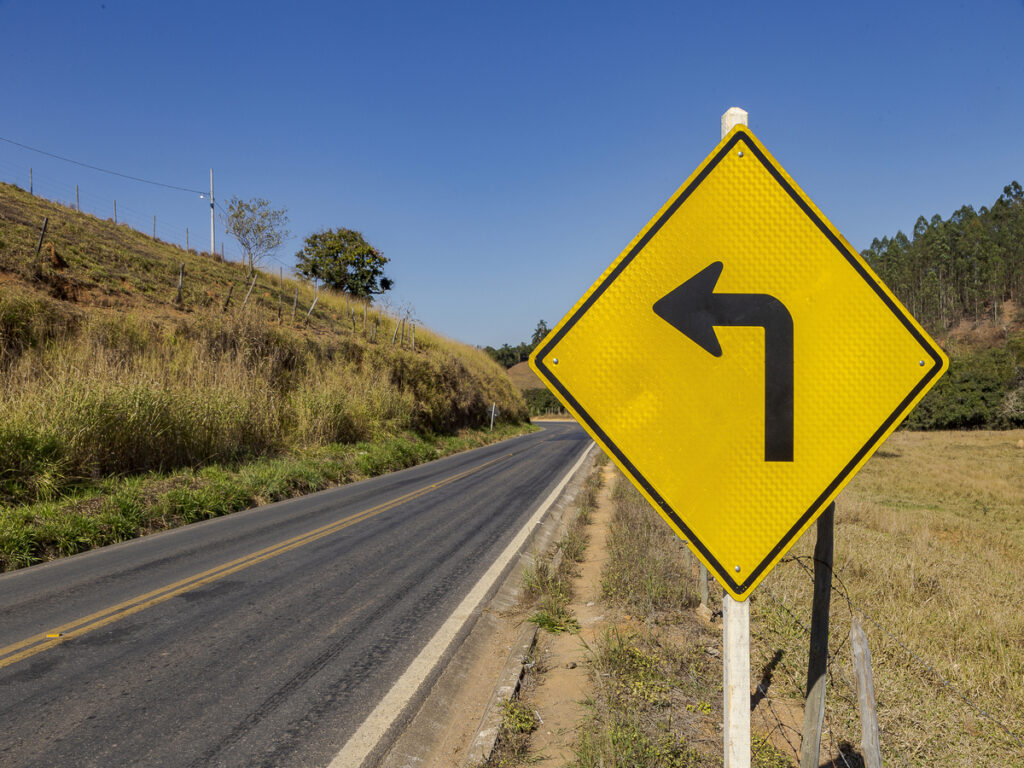
認定とテスト
各国には反射標識に関する独自の規則がある. これらのルールは、すべての人にとって道路を安全に保つのに役立ちます. で オーストラリアとニュージーランド, As/nzs 1906.1 使用される標準です. この規格は、標識が適切なニーズを満たしているかどうかをチェックします. で 米国, ASTM D4956 Type IV がクラスに使用されます 400. テストでは、標識の明るさと持続時間を調べます。. また、標識が異なる天候でも機能するかどうかもチェックします. 研究所は特別なツールを使用して、標識が光をどの程度反射するかを測定します. 彼らはまた、看板が日光や雨にどのように対処するかをテストします.
メーカーは自社の標識がすべての規則を満たしていることを証明する証明書を発行する必要があります. これらの証明書を持っていない場合, 標識は検査を通過できない可能性があります. 道路管理者は、標識に「はい」と言う前に、テストレポートを確認したいことがよくあります。. これらのレポートは、標識が必要なルールに一致していることを示します. 標識がテストに合格しなかった場合, 道路では使用できません.
これらの厳格な基準が適用される場所について詳しく知りたい場合は、, 私たちのブログを読んでください: オーストラリアのロードサインプロジェクトでは、クラス1Wの反射標識が必要な場合 — どの道路に最高級の反射材が必要なのか、また認証がなぜ重要なのかについて説明しています.
サイネージへの応用
サインのルールは国ごとに異なります. 道路によっては長時間明るい標識が必要な場合があります. 他の道路には、さまざまな角度から見える標識が必要です. ロードトレインの安全標識には非常に厳しい規則が設けられている場合が多い. これらのルールでは、高い反射率と長寿命が求められます。.
プロジェクトマネージャーは材料を選択する前にすべての標識ルールを読む必要があります. 標識が地域と世界の両方の規則を満たしているかどうかを確認する必要があります. 間違った標識を使用すると、検査に失敗したり、道路が危険になったりする可能性があります. 道路管理者は規則を満たさない標識を撤去する場合がある.
シンプルなチェックリストは、チームがすべての標識ルールに従うのに役立ちます:
- 各道路工事のルールを確認する.
- 標識がすべてのルールを満たしていることを確認してください.
- 証明書とテスト結果を要求する.
- 標識を設置する前に、地域の標識規則を確認してください.
注記: すべてのルールに従うことで道路の安全が確保され、損害の大きい間違いが防止されます.
調達とラベル表示のリスク
誤解を招く同等性の主張
多くのサプライヤーは、自社の反射テープがすべての世界基準を満たしていると述べています. クラスとさえ言う人もいます 2 反射シートはクラス1Wまたはクラスと同じです 400. これは正しくありません. 各国には交通安全標識テープと反射材に関する独自の規則があります。. サプライヤーがクラスを設定する場合があります 100 反射シートに道路に良いと書かれたラベルを貼る, ただし、ローカルテストに合格しない可能性があります.
と書いている会社もあります “と同等” または “同じ要件を満たします” パッケージに. これらの言葉は購入者を混乱させる可能性があります. 彼らはこの製品がどんな道路作業にも適していると考えているかもしれません. しかし、間違った反射テープを使用すると、検査に失敗したり、道路が危険になったりする可能性があります。. プロジェクト マネージャーは、反射シートやテープを選択する前に、証明書とテスト データを確認する必要があります。.
注記: 製品が規則に従っていることを示す証拠を常に求めてください. 実際の検査結果がない場合はその主張を信じないでください.
非認定の反射シートおよび反射テープ
認定されていない反射シートやテープが認定されたもののように見えることがある. 最初は明るく輝いているかもしれない. しかし、これらの素材は道路上で長く持ち続かない可能性があります. 色褪せる可能性があります, 皮, または光の反射をすぐにやめてください. これによりドライバーが危険にさらされる可能性があります, 特に夜または悪天候で.
表はリスクを示すことができます:
| 製品タイプ | 認証 | 道路使用 | リスクレベル |
|---|---|---|---|
| 認定された反射テープ | はい | はい | 低い |
| 認定されていない反射テープ | いいえ | いいえ | 高い |
非認定クラスの使用 2 反射シートや反射テープは故障の原因になります. 道路管理者は標識にノーを言うかもしれない. プロジェクトが遅れたり、より多くの費用がかかる可能性があります. 標識が適切な基準を満たしていないと、安全性が悪化する可能性があります.
ヒント: 道路工事には認定された反射テープと安全標識テープのみを選択してください. これにより道路の安全が確保され、プロジェクトがすべてのチェックに合格できるようになります。.
プロジェクトのリスク
入札と保証の問題
プロジェクトマネージャーが標識に間違った反射材を選択すると、問題が発生する可能性があります. 多くのロードトレインの標識入札では、製品が地域の規則を満たしていることの証明が必要です. サプライヤーが自社の製品がクラス 1W とクラスの両方と同じであると主張する場合 400, プロジェクトチームが拒否される可能性がある. 道路管理者は、標識に「はい」と言う前に、証明書とテスト結果を確認します。. 書類が不足していたり間違っていたりした場合, 契約が失われる可能性がある.
間違った反射シートを使用した場合にも保証の問題が発生します. メーカーは、製品が適切な基準に適合する場合にのみ保証を与えます。. If a team uses Class 400 sheeting where Class 1W is needed, the warranty might not cover the sign. This can mean extra costs for the project. Teams should read all warranty terms and check that the reflective tape fits the road and train safety needs.
ヒント: Always keep records of certificates and warranty papers for every traffic sign in a road train project.
責任と安全性
Liability is a big risk if signs do not meet the right standards. If a road train accident happens and the sign does not follow local rules, investigators may blame the project team. This can cause legal trouble and extra costs. Road safety needs clear and easy-to-see signs. Bad reflective materials can make it hard for drivers to see road train warnings, 特に夜または悪天候で.
A simple table shows the risks:
| リスクタイプ | Impact on Project |
|---|---|
| Failed tender | プロジェクトの遅延, 入札の失敗 |
| 保証なし | 追加費用, 代替品 |
| 法的責任 | 罰金, 法的措置 |
| 安全上の欠陥 | 事故リスクの増加 |
チームは常に道路電車や交通標識に認定された反射素材を選択する必要があります. これにより道路の安全が確保され、法的リスクや金銭的リスクからすべての人が守られます。.
標準の選択
国際プロジェクト
国際プロジェクトには標識について適切な計画が必要です. 各国には道路標識に関する独自のルールがあります. プロジェクトマネージャーは各道路のルールを確認する必要がある. 各国の標識の仕様を確認する必要があります. これにより、チームはサインを間違えることがなくなります.
シンプルなチェックリストは、チームがすべてのルールに従うのに役立ちます:
- 各国のルールを見てみる.
- すべてのサイン素材の証明書を取得する.
- 標識の見やすさと持続時間の確認.
- 標識が地域と世界の両方のルールを満たしていることを確認してください.
ヒント: チームは看板を購入する前に必ずテスト結果と証明書を要求する必要があります. これにより、道路プロジェクトの安全が確保され、ルールに従うことによる問題が防止されます。.
どの道路でも標識は見やすくなければなりません. 高い視認性により、ドライバーは警告を早期に発見できます. これにより事故の可能性が減り、すべての人にとって道路がより安全になります。.
ロードトレインの安全標識
ロードトレインの安全標識には細心の注意が必要です. これらの標識は、厳しい標識要件と標識仕様を満たしている必要があります。. 標識はどのような天候でもいつでも見やすくなければなりません. チームはロードトレインの各ルートのルールを確認する必要があります.
表は、道路標識に必要なものを比較するのに役立ちます:
| 要件 | 説明 |
|---|---|
| 可視性 | あらゆる条件で高くなければなりません |
| 耐久性 | 厳しい天候にも耐えなければなりません |
| 認証 | 現地の仕様を満たす必要がある |
Teams should pick materials that are easy to see and last a long time. Road train signs must follow all the rules to keep drivers and the public safe. Meeting the right specifications helps stop legal and safety problems on the road.
Picking the best reflective signs for projects in different countries needs you to know about technical and rule differences. The table below shows that Class 1W and Class 400 have very bright reflectivity and are good for important public road signs, but lower grades are better for places that are not as important.
| 特徴 | クラス1W / クラス 400 | クラス 2 / クラス 100 |
|---|---|---|
| 反射率 | High-grade | Lower grade |
| 応用 | 公道 | Off-road |
Project teams must always check certificates and test results before choosing reflective materials. They should look up the standards, read the documents, and keep all records tidy. 適切な計画を立てることで、すべての標識が安全であり、法律に従うことが保証されます.
よくある質問
クラス1Wとクラスの主な違いは何ですか 400 反射的な兆候?
クラス 1W 標識は、クラスよりも反射率が高く、角度が広いです。 400 サイン. クラス 1W はオーストラリアおよびニュージーランドの規格に適合します. 各クラスは交通安全に関する異なる規則を満たしています.
プロジェクトでクラスを使用できますか 400 クラス 1W の代わりに標識を付ける?
プロジェクトはクラスを交換しないでください 400 ローカルルールを確認せずにクラス1Wの場合. 当局は、正しい基準を満たしていない標識を拒否する場合があります. 材料を選択する前に必ず証明書とテストデータを確認してください.
一部のサプライヤーが自社の製品が両方のクラスに「同等」であると主張するのはなぜですか?
一部のサプライヤーは買い手を引き付けるために「同等」を使用しています. これらの主張はプロジェクト チームを誤解させる可能性があります. テスト結果が得られた認定製品のみが正しい基準を満たします. チームは常に証拠を求める必要があります.
クラス1Wとクラスはどれくらいですか 400 サインは屋外で持続します?
クラス 1W の兆候は通常持続します 10 に 12 年. クラス 400 標識は最後に 7 に 10 年. 天気, 日光, 場所は両方のタイプの寿命に影響する可能性があります.
標識が必要な基準を満たしていない場合はどうなりますか?
適切な基準を満たしていない標識はプロジェクトの遅延を引き起こす可能性があります, 追加費用, または法的な問題. 標識が十分に明るくなかったり、標識が長く続かなかったりすると、交通安全も損なわれる可能性があります.

